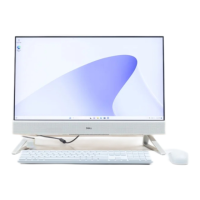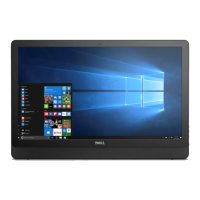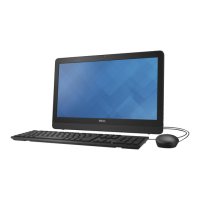Table 5. System setup options—Boot Configuration menu (continued)
Boot Configuration
Default: ON
Secure Boot Mode Changes to the Secure Boot operation mode. Allows to switch between
Deployed Mode and Audit Mode.
Default: Deployed Mode
Expert Key Management
Enable Custom Mode Allows the PK, KEK, db, and dbx security key databases to be modified.
Custom Mode Key Management Allows for selection of key database.
Table 6. System setup options—Integrated Devices menu
Integrated Devices
Date/Time
Date Sets the computer date in MM/DD/YYYY format. Changes to the date take
effect immediately.
Time Sets the computer time in HH/MM/SS 24-hour format. You can switch
between 12-hour and 24-hour clock. Changes to the time take effect
immediately.
Camera
Enable Camera Enables or disables the camera.
By default, Enable Camera is selected.
Audio
Enable Audio Enables or disables all integrated audio controller.
Default: ON
Enable Microphone Enables or disables microphone.
By default, Enable Microphone is selected.
Enable Internal Speaker Enables or disables internal speaker.
By default, Enable Internal Speaker is selected.
USB Configuration
Enable Rear USB Ports Enables or disables rear USB ports.
By default, Enable Rear USB Ports is selected.
Enable Side USB Ports Enables or disables side USB ports. .
By default, Enable side USB Ports is selected.
Enable USB Boot Support Enables or disables USB Boot Support.
Default: ON
Table 7. System setup options—Storage menu
Storage
SATA/NVMe Operation
SATA/NVMe Operation Configures operating mode of the integrated storage device controller.
Default: RAID On. Storage device is configured to support RAID functions.
When enabled, all NVMe and SATA devices will be mapped under VMD
controller. Windows RST (Intel Rapid Restore Technology) driver, or Linux
kernel VMD driver must be loaded in order to boot the OS.
System setup 73

